Best fuzz pedals 2025: add some extra dirt to your guitar tone
From Fuzz Faces to Big Muffs, here’s our pick of the best fuzzboxes out there
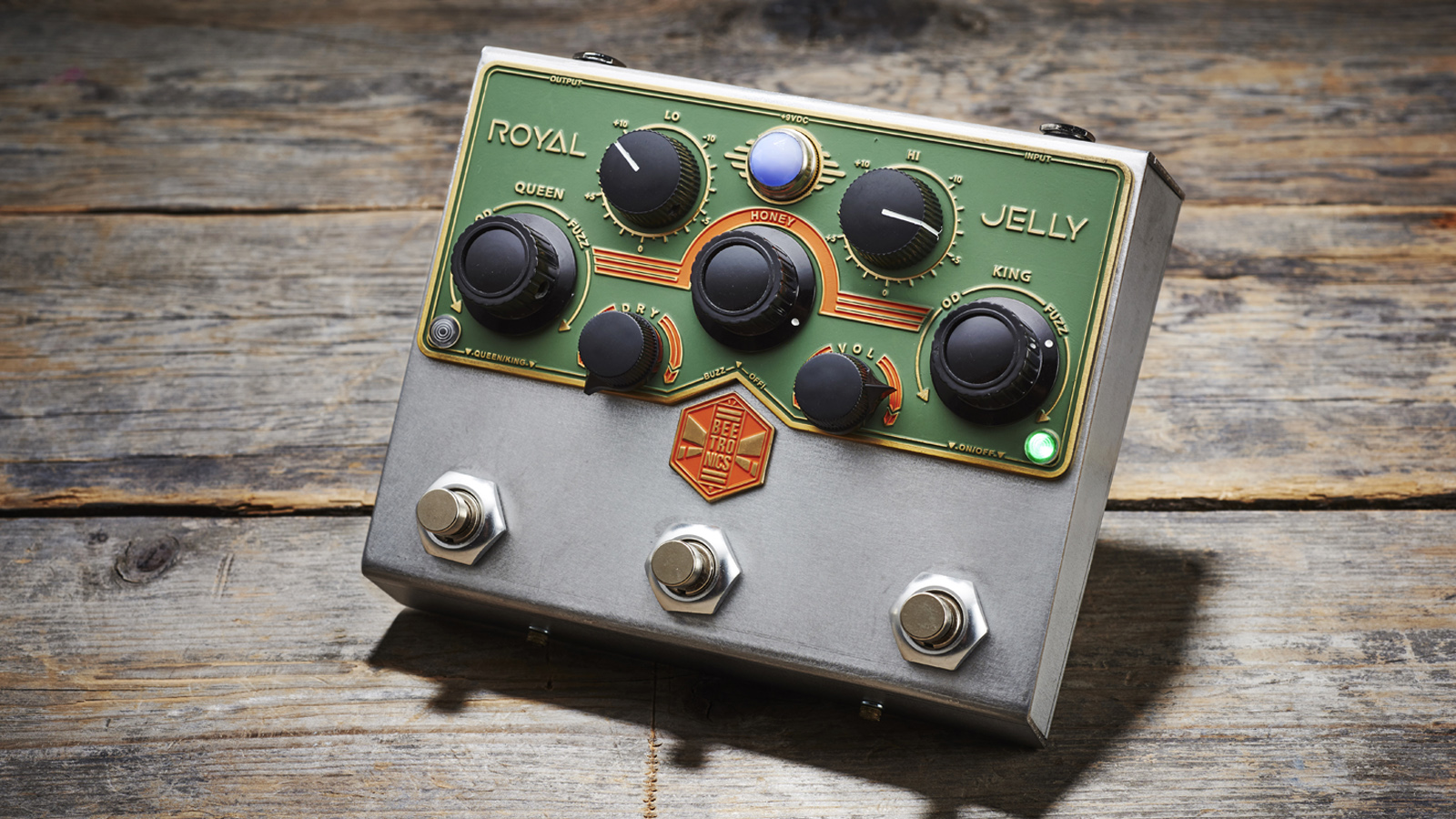
1. The quick list
2. Best Big Muff
3. Best Fuzz Face
4. Best for versatility
5. Best for creativity
6. Best budget fuzz
7. Best octave fuzz
8. More options...
9. Buying advice
10. How we choose products
Ever since those first new notes in Satisfaction by the Rolling Stones, players have been on the hunt for the best fuzz pedals to recreate that brash, raspy, horn-like guitar tone. It tends to be more intense than overdrive and distortion, often with a thick, chewy, and even spitty sort of sound, and having one of the best fuzz pedals on your board can allow you to really capture an audience's attention.
Since the early ’60s, fuzz pedals have grown in popularity, and it hasn’t shown any signs of slowing down. Nowadays, there are lots of different models available offering everything from smooth, almost amp-like breakup to all-out, wild untameable fuzz. The best fuzz pedals can be heard on all sorts of different records – from the Beastie Boys to The Beatles. Notable fuzz aficionados include the likes of David Gilmour, Jimi Hendrix, Billy Corgan, Dan Auerbach, Jack White, and loads more.
Different players will likely want different things, so we’ve put together our pick of the best fuzz pedals currently available that all offer different features and sounds. If you'd like to learn more before you buy, have a look at our buying advice section which has loads of advice from our expert writing team.

Mike is Editor-in-Chief of GuitarWorld.com, in addition to being an offset fiend and recovering pedal addict. He has a master's degree in journalism, and has spent the past decade writing and editing for guitar publications including MusicRadar, Total Guitar, and Guitarist, as well as a decade-and-a-half performing in bands of variable genre (and quality). In his free time, you'll find him making progressive instrumental rock under the nom de plume Maebe.
Best fuzz pedals: The quick list
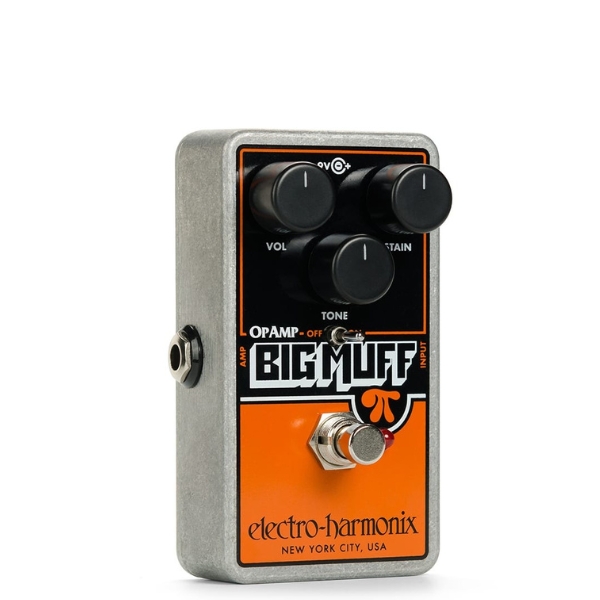
With its compact footprint and searing fuzz tones, for us, it doesn't get much better than the Electro-Harmonix Op Amp Big Muff. It's low cost too, making it essential for any pedalboard.

One of the most iconic fuzz pedals of all time, this miniature version of the Fuzz Face gives you classic tones in an enclosure that doesn't take up acres of room on your pedalboard.

Another famous fuzz pedal, the Z.Vex Fuzz Factory is our pick if you want something that can do classic fuzz tones, and uncontrollable, resonant drones that are totally 'out there'.

If you want something experimental, then the Death By Audio Supersonic Fuzz Gun will satisfy your need for chaotic guitar tones. Don't fancy another clone? This is a great choice.

If you want something easy to use and budget-friendly, the JHS 3 Series Fuzz will tick both those boxes and more. We found the fuzz knob to be very versatile, unlocking a variety of tones.
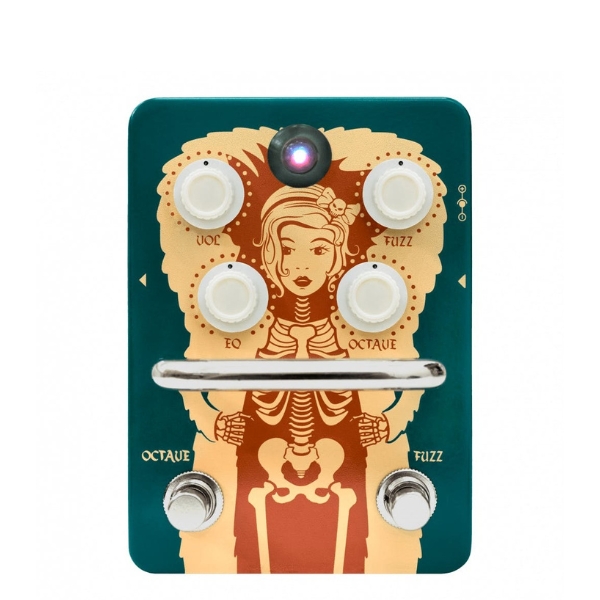
Octave fuzzes are a very popular genre of pedal, but we love the fact that the Orange Fur Coat has a switchable octave, so you can still get regular fuzz sounds when you want to.
Best fuzz pedals available today
MusicRadar's got your back
Here you'll find full writeups and reviews of all the best fuzz pedals. The majority of these have been tested first hand by our expert writing team, so you can rely on our recommendations.
Best Big Muff
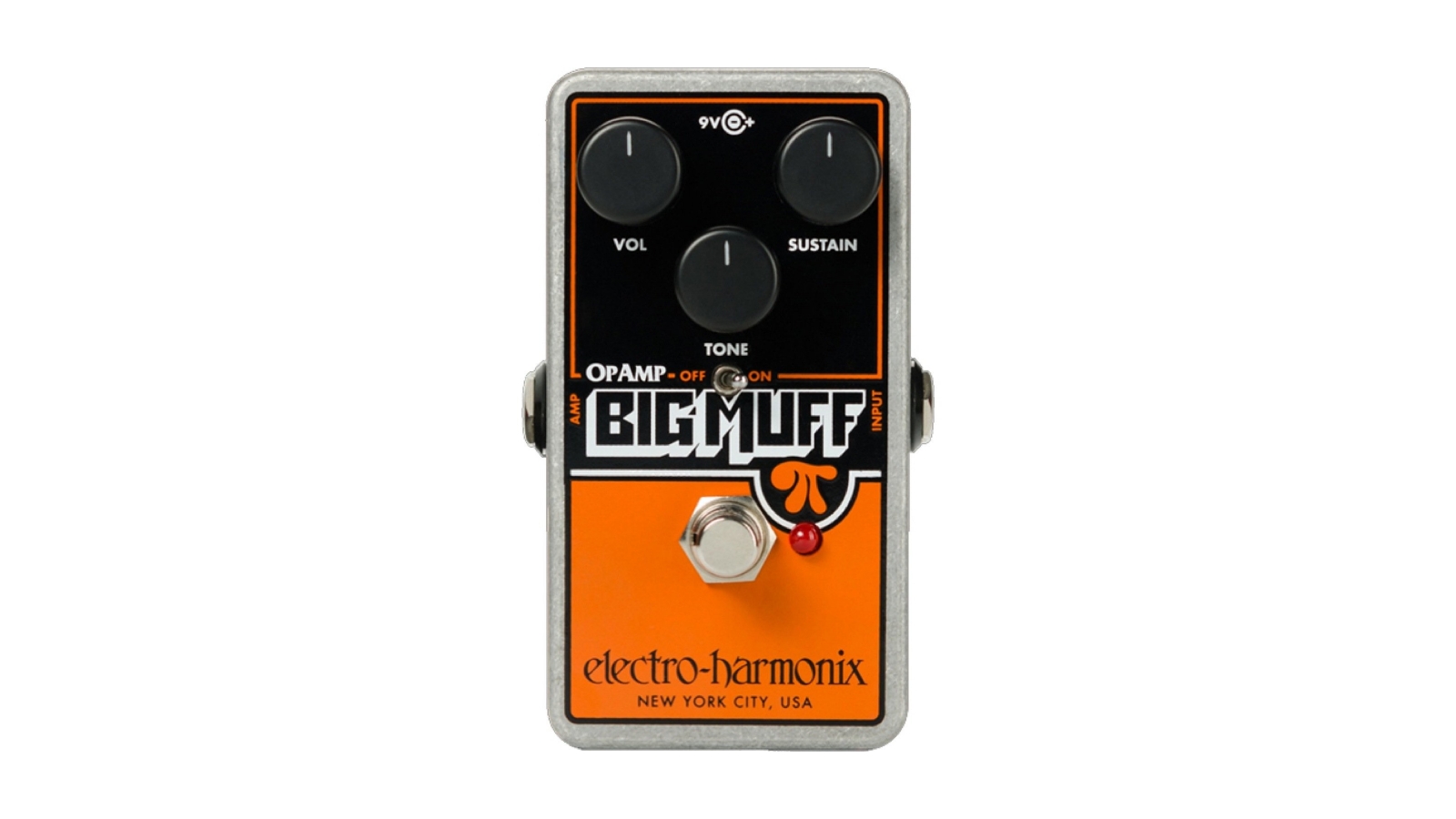
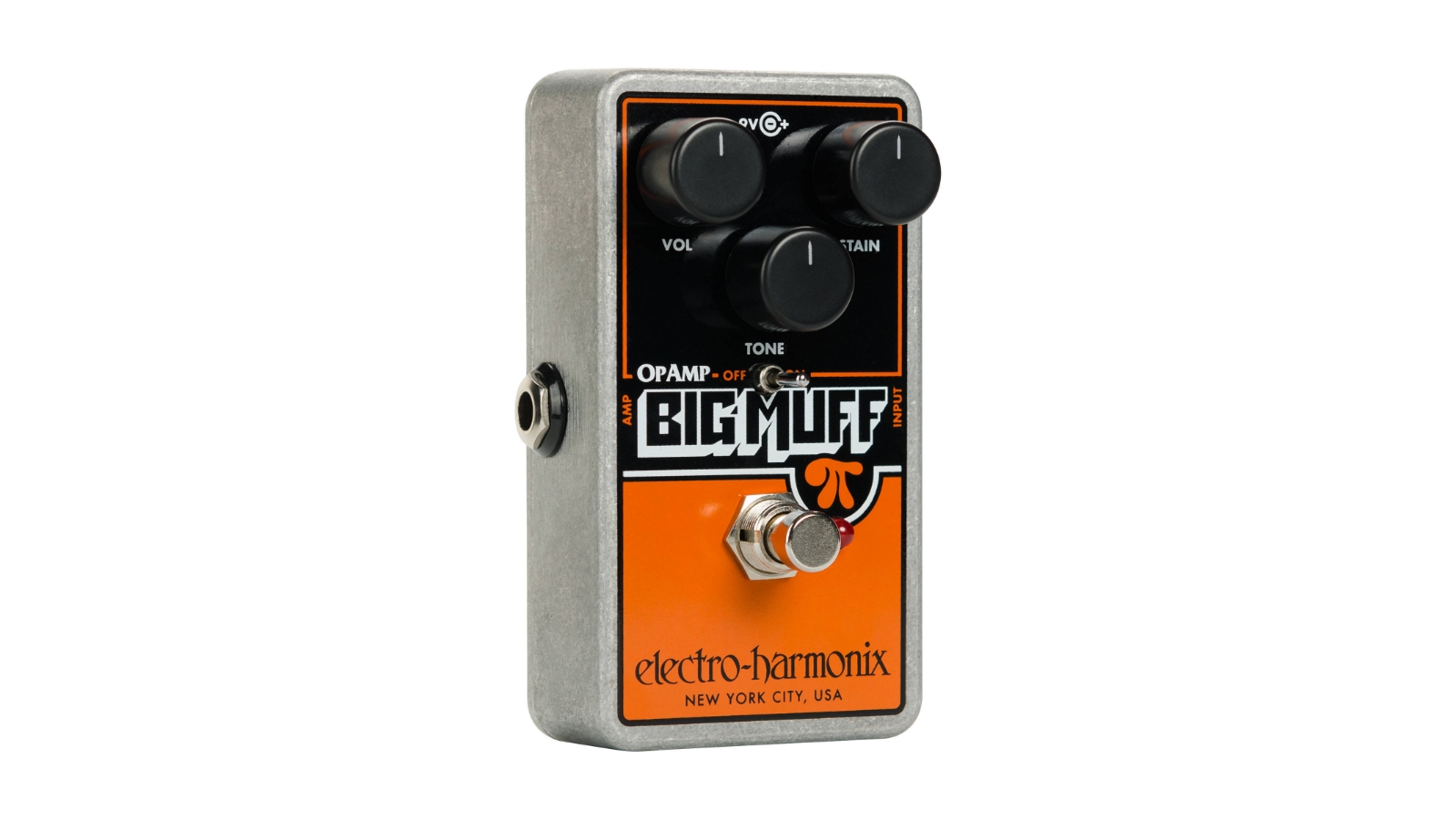
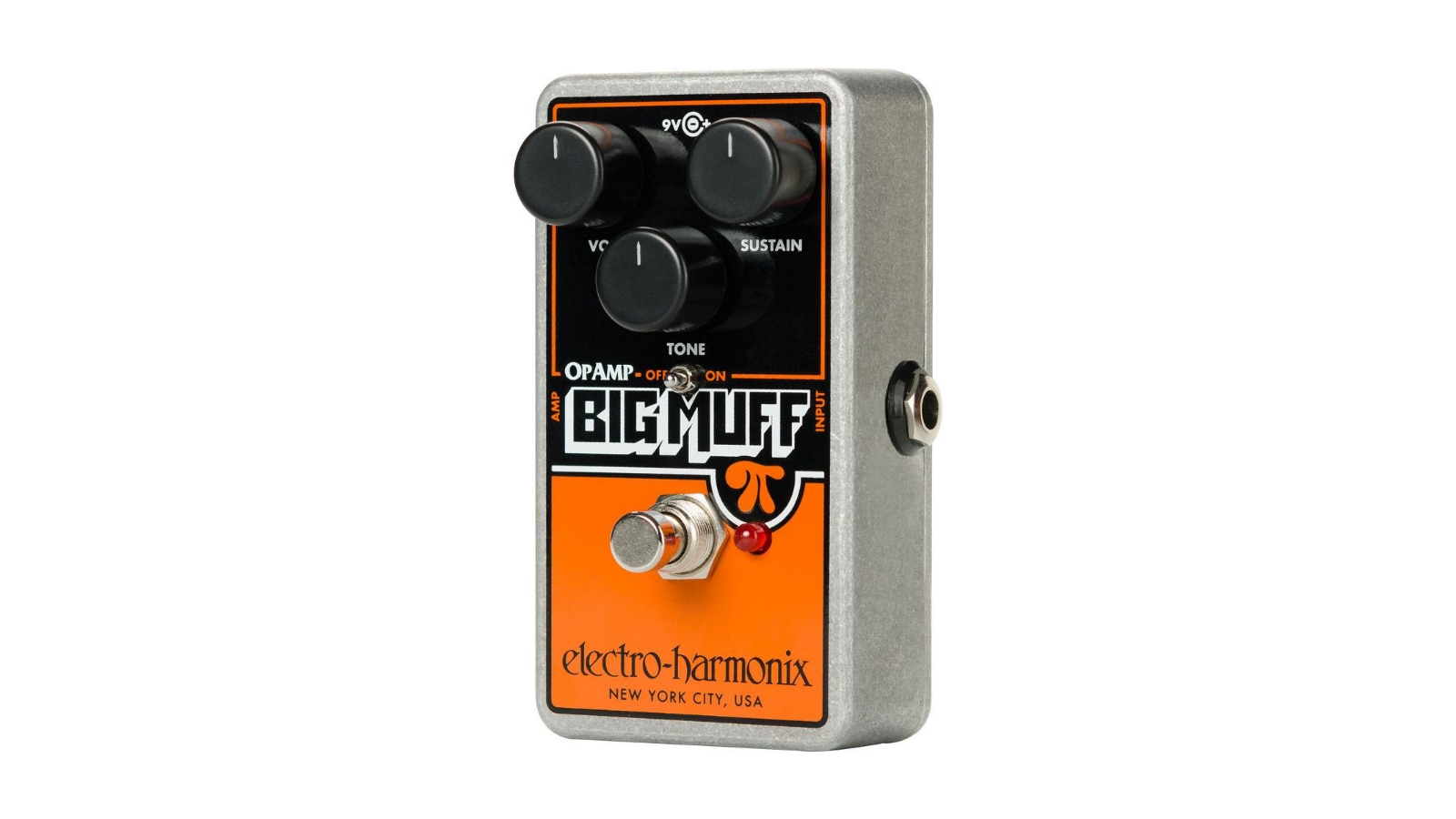
Specifications
Reasons to buy
Reasons to avoid
This nano-sized pedal sports the usual Big Muff triumvirate of Volume, Tone and Sustain knobs, but also includes a switch that bypasses the Tone knob. Compared with what you might get from a typical transistor-based Big Muff, there’s a little more coarseness to the sound, an underlying grainy crunch that lends itself to grungy riffing and thick ’n’ heavy chord work.
In between the extremes there are sweet spots where you use the tone knob to dial in the right amount of edgy presence, or instead go straight to a no-nonsense sound that cuts through the mix by flicking the Tone Bypass. Those specifically seeking the famous Smashing Pumpkins tone will find it here, in a reasonably priced compact pedal from the original manufacturer.
Even if that's not your bag, you will find a solid source of edgy fuzzy distortion that lends itself to all manner of heaviness. Not only is the Big Muff a real pedalboard essential, but it's one of the best cheap fuzz pedals for smaller budgets too.
Read our full Electro-Harmonix Op Amp Big Muff review
Best Fuzz Face

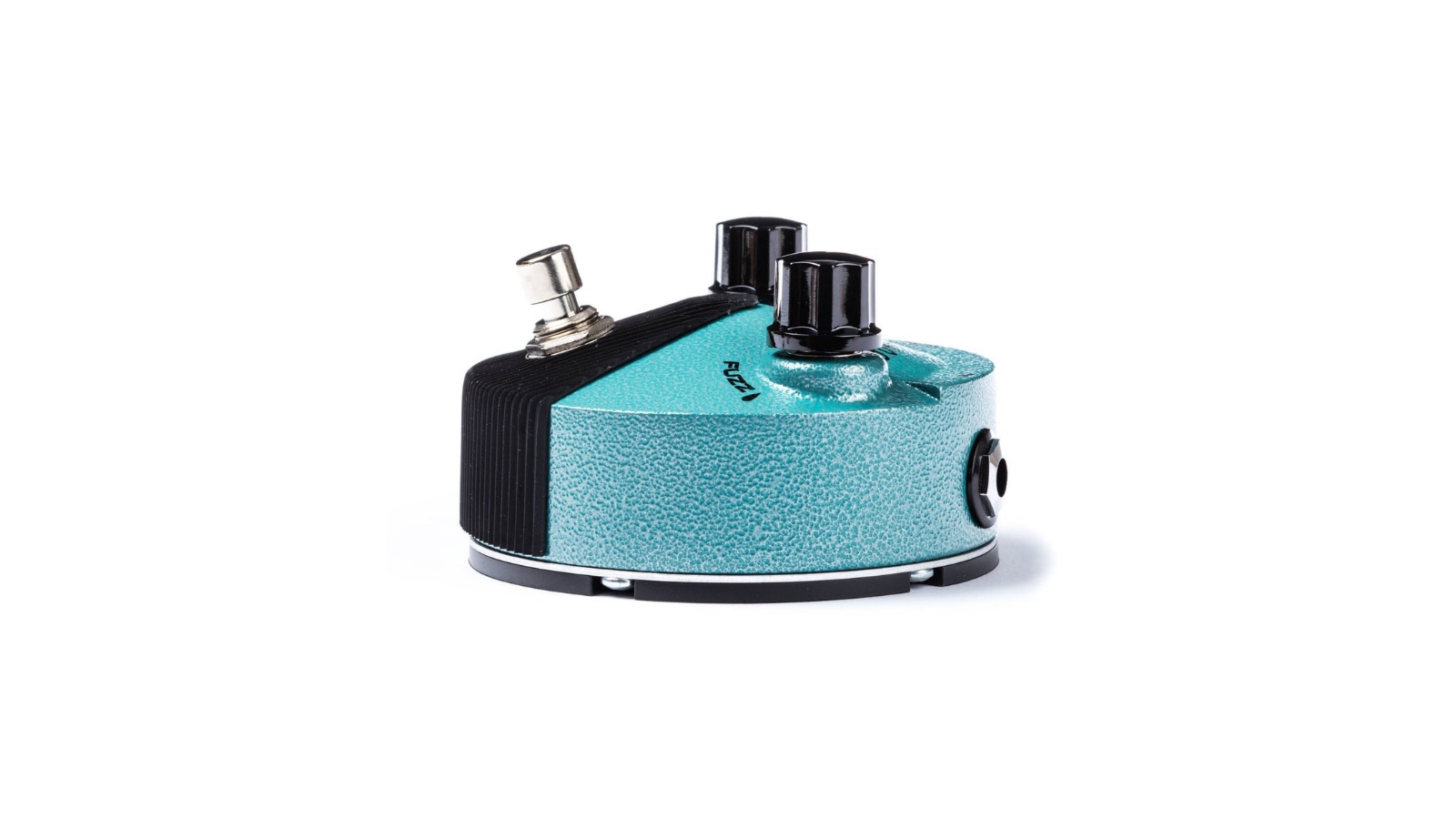

Specifications
Reasons to buy
Reasons to avoid
The Fuzz Face is one of the most iconic guitar effects pedals of all time, and its enclosure - inspired by the base of a mic stand - has barely changed since its introduction in 1966. The FFM3 Jimi Hendrix is a miniature version of the original JHF1. Circuit-wise, the FFM3 Jimi Hendrix has the same internals as the full-size version, including matched BC108 silicon transistors, designed to cover a range of Jimi fuzz tones, plus a modern, compact printed circuit board.
In terms of tone, most noticeably the FFM3 serves up a stern kick in the mid-range. Not only does this provide better note clarity than rival Fuzz Faces, but it also makes the FFM3 a fine choice for boosting an overdriven amp, not to mention slicing through a mix. If you switch to your neck pickup it’s possible to unearth some tasty octave overtones, too.
Read our full Dunlop FFM3 Jimi Hendrix Fuzz Face Mini review
Best for versatility

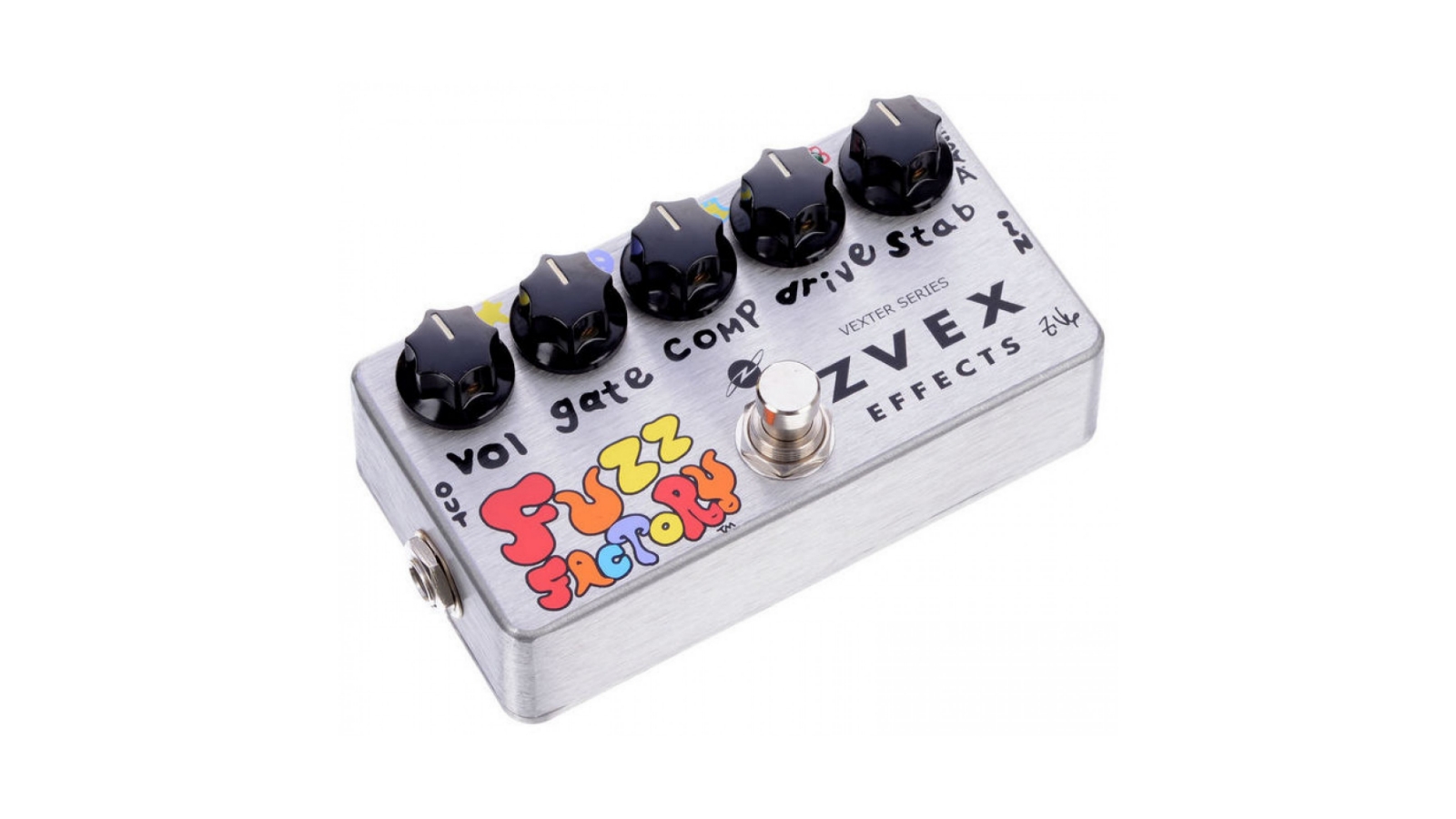
Specifications
Reasons to buy
Reasons to avoid
After the obvious classics born in the ’60s and ’70s, it's fair to say that the Fuzz Factory is the most well-known and celebrated modern fuzz pedal. What you get here is a five-knob fuzz that uses two new old-stock ’60s germanium transistors but offers manipulation of the circuitry like no other.
The result is a pedal that needs careful juxtaposition of its knobs to get to the sounds you want, with squeals, howls and feedback along the way while you are getting them – that said, this is a fantastic fuzz pedal for sonic adventurers.
Beyond that, the Fuzz Factory can deliver conventional harmonically rich fuzz, cool resonant droning feedback that you can tune to pitch, and gated staccato madness. Yes, it can be a beast that needs taming, but it offers probably the widest variety of fuzz-derived sounds in a single stompbox.
Read our full Z.Vex Fuzz Factory review
Best for creativity
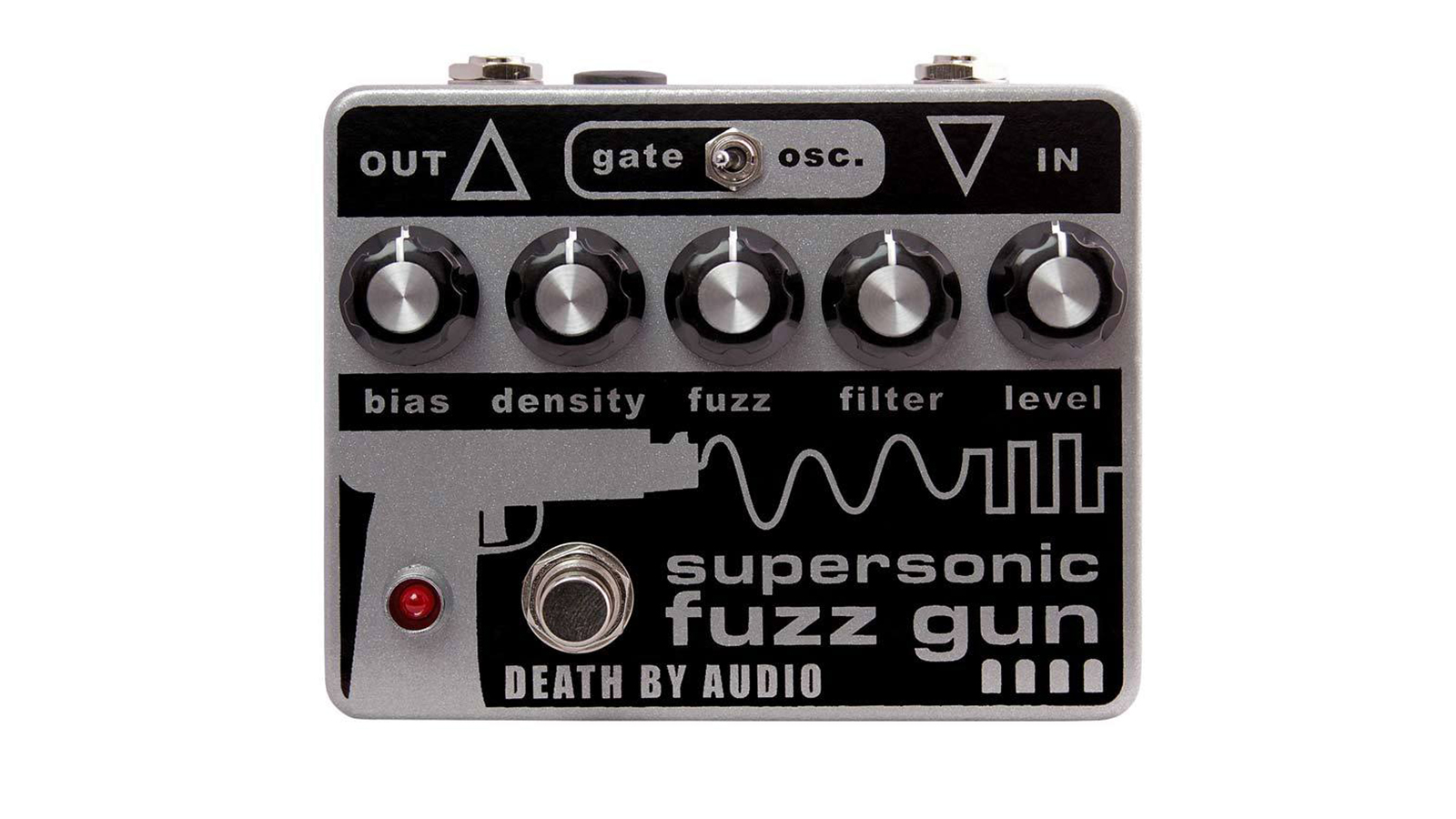


4. Death by Audio Supersonic Fuzz Gun
Our expert review:
Specifications
Reasons to buy
Reasons to avoid
Death by Audio was founded by Oliver Ackermann, better known perhaps as the guitarist in seminal noise-rockers A Place To Bury Strangers. As you'd expect, they make extreme, experimental, off-the-wall pedals. In their stable they've got out-there reverbs and delays, flangers and all sorts – but they made their name with this, a velcro-y oscillating fuzz.
The Supersonic Fuzz Gun is true to the same design strategy employed for many of the early DBA circuits, which seems to have been 'throw parts at a breadboard until it sounds cool.' We're also not entirely convinced that the descriptions for the controls on the front plate really describe accurately how they change the sound of the pedal, but in that the SSFG is in good company - the same is true of the Fuzz Factory, after all.
A large part of the joy of the SSFG is that it's not the sort of thing a larger manufacturer would make; it reflects the personality of the creator in that it's unusual and chaotic. Definitely the best fuzz pedal for you if what something that's punk as hell.
Best budget fuzz

5. JHS 3 Series Fuzz
Our expert review:
Specifications
Reasons to buy
Reasons to avoid
Super easy to use and versatile, the JHS Pedals 3 Series Fuzz is a no-frills fuzz pedal that covers more ground than you'd think. It’s a ’60s-style fuzz, though its aim is for all the settings to be usable (unlike many vintage models!). It’s got a ton of great tones that you can dial in to suit different guitars and pickups.
The bias control gives it more or less voltage which can result in those really cool, spitty sounds. Dial it back though and you can get some reactive, dynamic tones from it. The fuzz knob has loads of scope within it – when it’s turned down it’s almost like a pushed amp, but then the more you turn it up, the bigger and fuzzier it gets. Past halfway you get some thick, full tones. It’s then got a fat toggle switch which thickens up the signal.
It’s really easy to dial in, it’s not too expensive and it sounds amazing.
Best octave fuzz
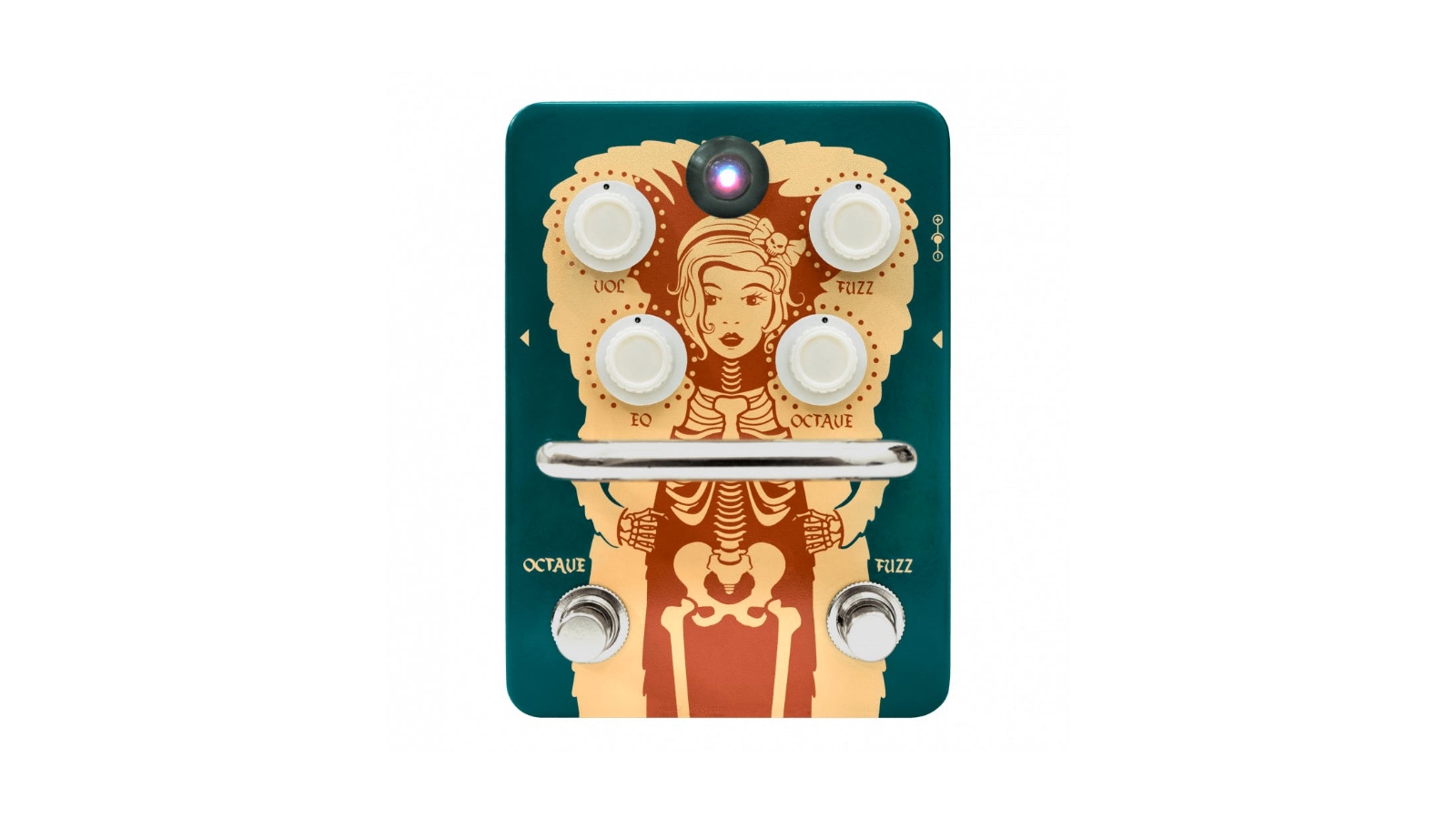
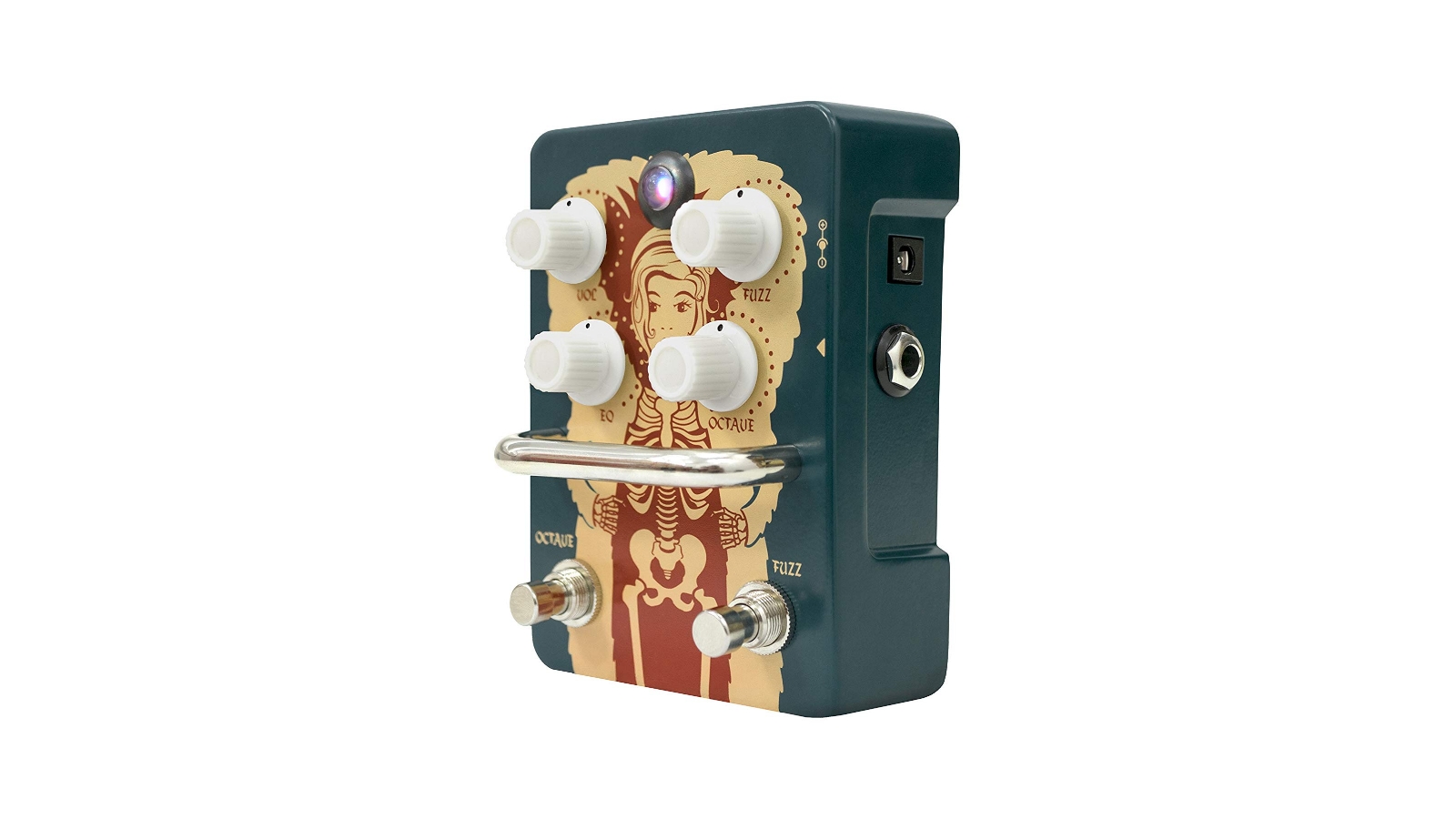
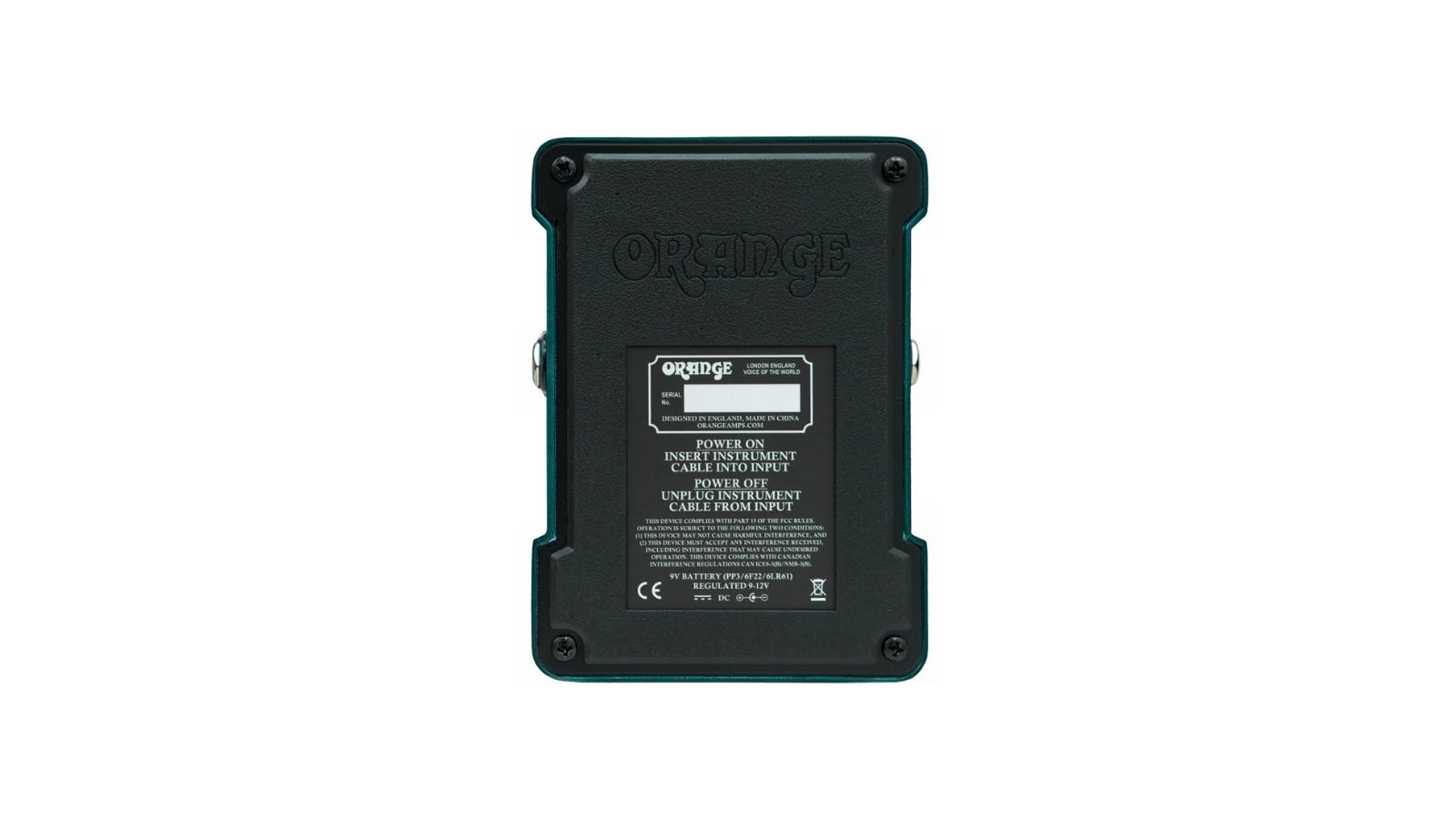
Specifications
Reasons to buy
Reasons to avoid
The Fur Coat is one of the best fuzz pedals for guitarists seeking versatility thanks to its coupling of a standard fuzz pedal with a footswitchable octave that can be blended with the fuzz in adjustable amounts.
With the EQ set fairly neutral, the fuzz is typically vintage-sounding; fat and warm with plenty of bottom end. The EQ knob covers a massive range in a similar style to a Big Muff, so can take that fuzz all the way from woolly to razor-sharp. Switch in the octave and things change dramatically.
At its minimum setting the octave adds a small degree of tonal shift, increasing the presence slightly. That shift becomes more pronounced as you crank the octave until a distinct second tone, an octave up, makes itself more apparent. It’s a lovely octave fuzz sound, especially at higher levels of fuzz where single sustained notes take off into feedback and the upper note sings out.
Read our full Orange Fur Coat review
More options...
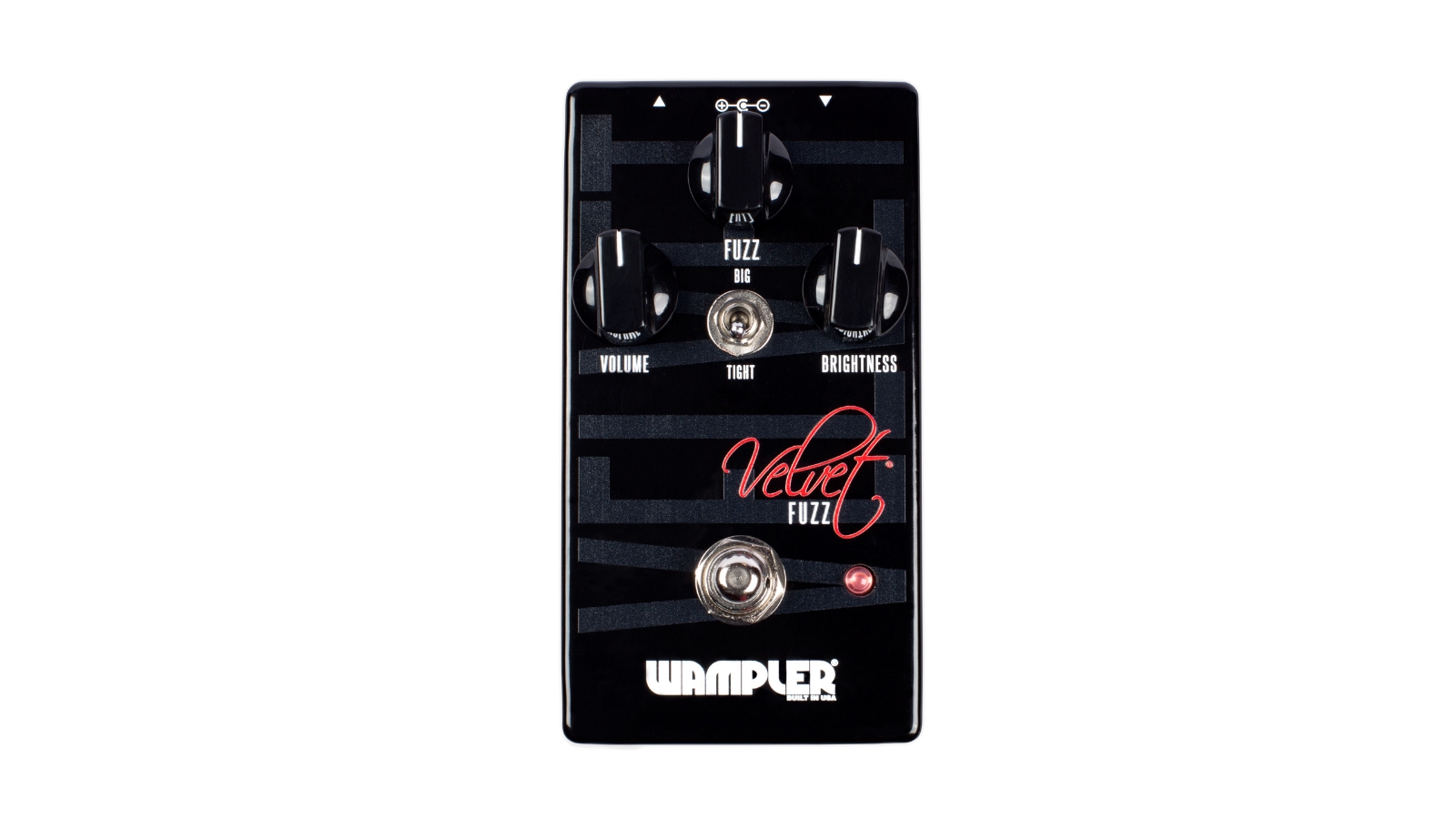
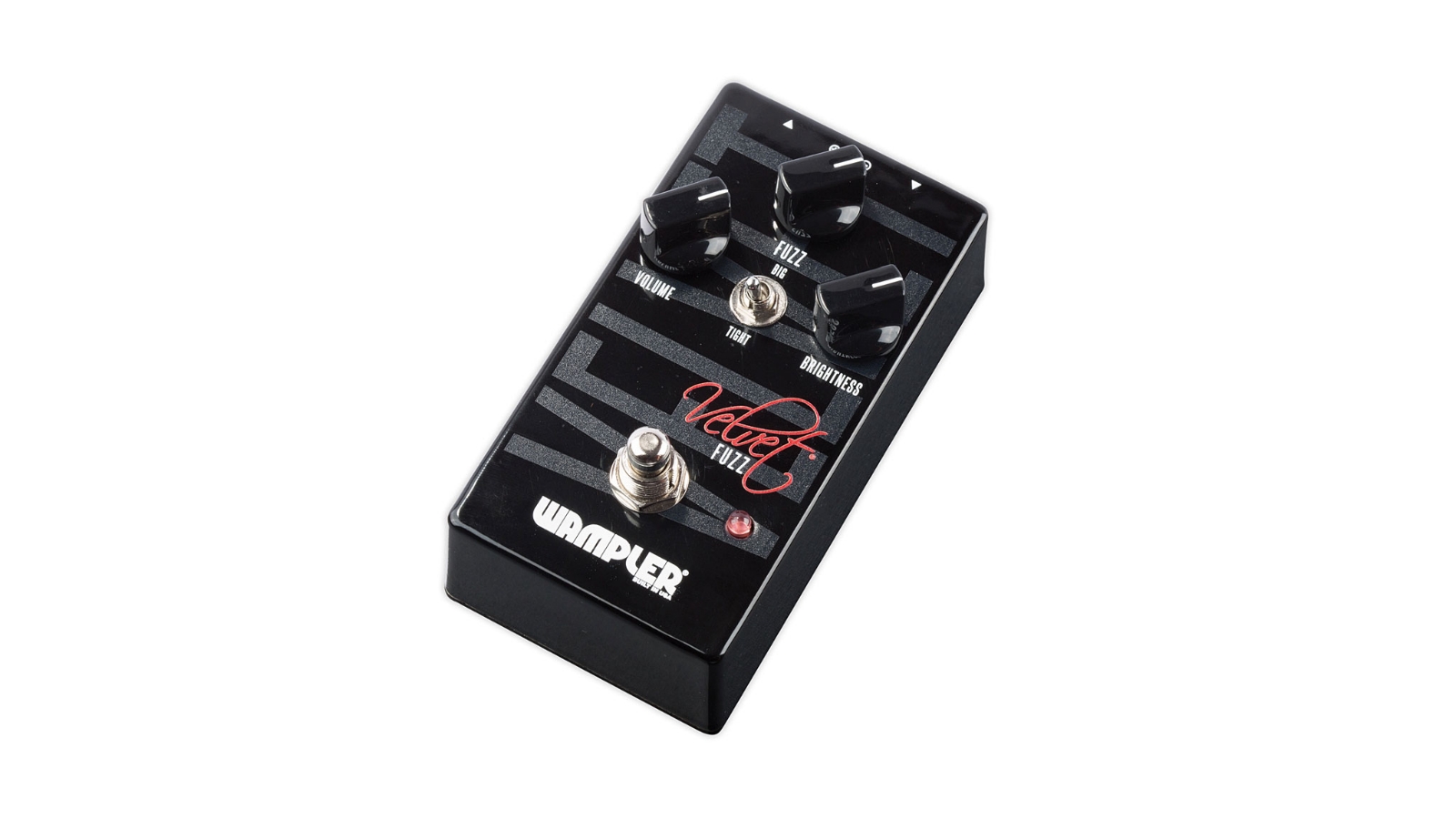

Specifications
Reasons to buy
Reasons to avoid
The Wampler Velvet Fuzz isn’t just a basic three-knob fuzzbox. Out front you’ll also find a Big/Tight switch to change the pedal’s voicing to suit your needs. Pedal creator Brian Wampler based this model on what he describes as the 'aggressive yet smooth' sound of a vintage fuzz driving a Marshall stack.
This is most prominent on the Big setting, offering plenty of bottom end and fat, squelchy compression on your fuzzed-out notes. Switch over to Tight mode and you’ll still enjoy bags of fuzz, but in a leaner form and with a tighter bottom end. It’s more distortion than out-and-out fuzz and you’ll be able to dial in anything from Jack White riffage to smooth Gilmour leads on this setting.
Read our full Wampler Velvet Fuzz review

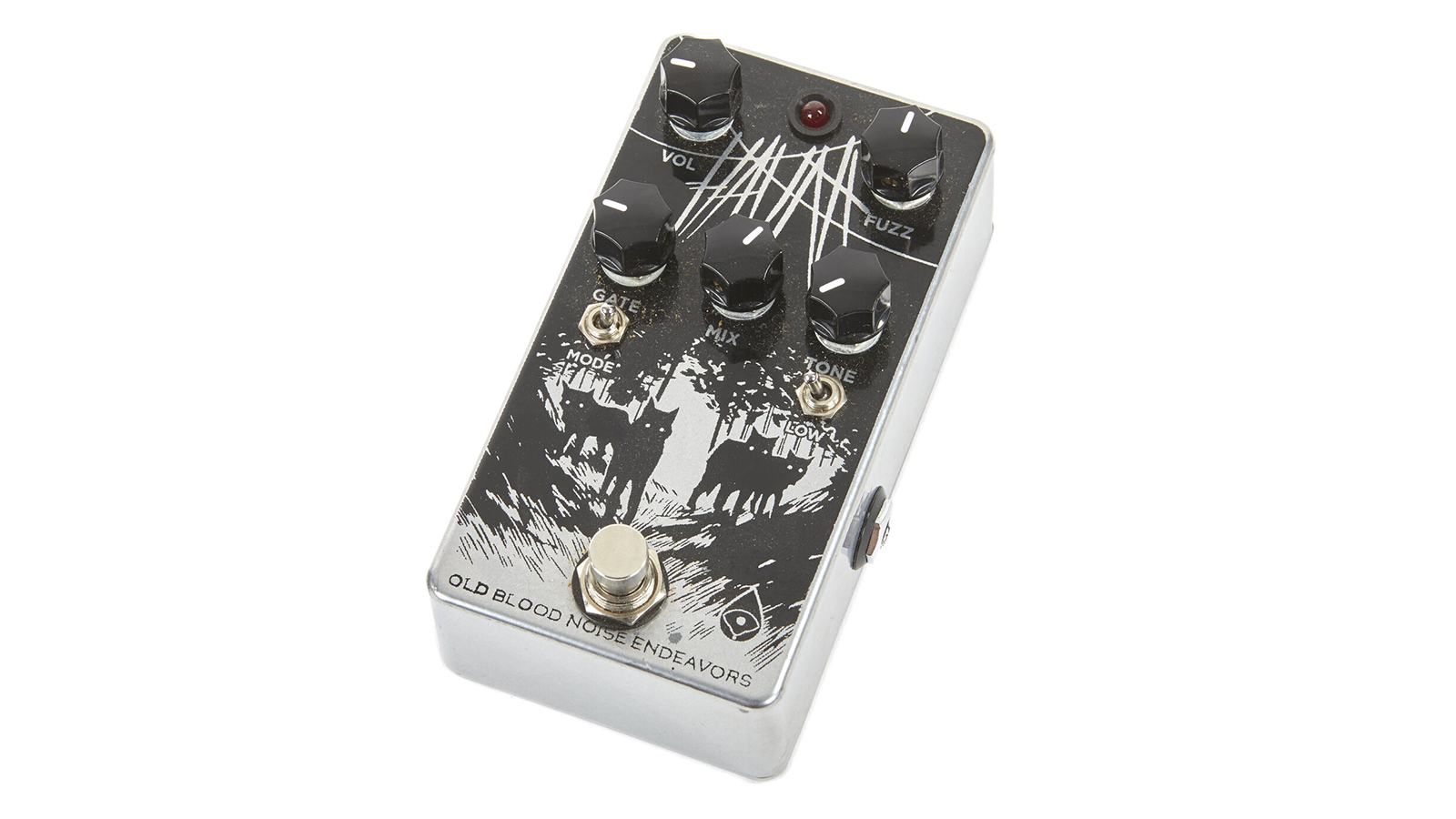
8. Old Blood Noise Endeavors Haunt
Our expert review:
Specifications
Reasons to buy
Reasons to avoid
Before founding OBNE, Brady Smith produced a number of units of a gated fuzz called the Gatekeeper under his Little Axe Effects moniker. Based on the sound clips online of the Gatekeeper, it seems likely that a tweaked and refined version of this pedal went on to become the Haunt, one of the first pedals released by OBNE.
As a circuit from a smaller builder, we're not a hundred percent sure as to what the exact topology of the Haunt is, other than that it's transistor-based, and probably in the extended family tree of the Big Muff or Tonebender as a result. Regardless of what's under the hood, the Haunt is a versatile pedal with more than enough crazy on tap in case you want to get really wild.
OBNE also recently launched the Alpha Haunt, which also has a parallel 'enhance' circuit and a three-band active EQ with sliding controls, should you want even more control over your fuzz tone.

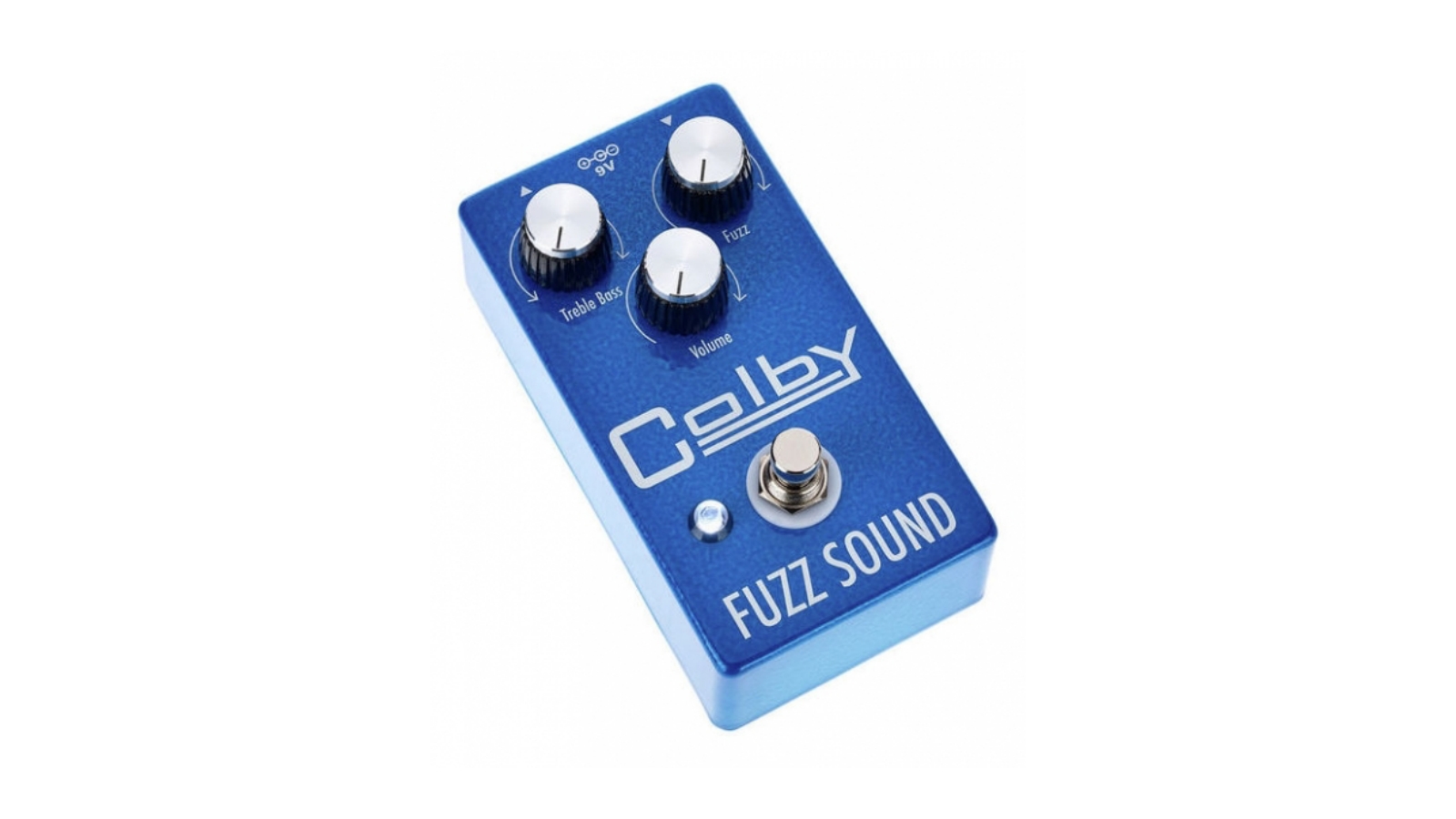
Specifications
Reasons to buy
Reasons to avoid
The Colby Fuzz is the result of a collaboration between EarthQuaker Devices and Colby Amps. A little history: Park was Jim Marshall's alternative company back in the ‘60s and the original Park Fuzz Sound was a branded version of a Tone Bender.
This new iteration takes that design, complete with matched NOS Germanium transistors, and packages it in a more practically sized fuzz pedal with extra gain and tone control range, plus all of the expected modern facilities, including standard nine-volt power, true bypass, and so on.
What you get from this stompbox is a great-sounding late-60s fuzz that's surprisingly versatile in its range - thanks mainly to the tone control, which offers buzzy, ripped-Velcro rasp when cranked to the left, and low-end warmth for fat vocal leads that'll sustain forever, when shifted to the right. We like it best with the fuzz maxed and controlled with the guitar volume knob.
Read our full EarthQuaker Devices Colby Fuzz Sound review


10. Walrus Audio Janus Fuzz Pedal
Our expert review:
Specifications
Reasons to buy
Reasons to avoid
Okay, so the Walrus Audio Janus isn't quite a fuzz. It's a fuzz and a tremolo, with joystick control over some of the parameters of each. On the fuzz side, the joystick controls the fuzz level and tone, and on the tremolo side, the joystick controls the depth and rate of the trem.
For studio use or experimentation, the joysticks are surprisingly useful - for getting strange effects when re-amping, for example, or by having a bandmate manipulate the controls as you play. We've seen some players put the Janus up on a table, or on a music stand for use live, and obviously if you happen to be a keys player as well, then it could prove useful for that, where you could stick it straight on top of your synth.
The fuzz side of the pedal is a Walrus Jupiter, a Big Muff based fuzz with switches that allow you to change the bass response and clipping options. On its own, the Jupiter is a decently modded Big Muff, but it's in the Janus that it really comes into its own.


Specifications
Reasons to buy
Reasons to avoid
The Royal Jelly fuzz pedal is a collaboration with Howard Davis, a circuit designer known for his work with Electro-Harmonix in its hugely creative 1976 to ’81 period. The pedal offers overdrive and fuzz in parallel, but rather than delivering that with separately footswitchable fuzz and overdrives side by side, it presents them as two adjustable preset blends that you can switch between.
This means you not only have a massive range of hybrid overdrive/fuzz sounds on offer, but you can also have separate overdrive and fuzz by setting each blend to be totally overdrive or totally fuzz. Add in Low and High EQ and a knob to blend in your dry guitar sound, and there’s quite a sonic landscape to explore.
This pedal takes an individual, perhaps unusual, approach to the double-dirt pedal genre, but it can work really well, offering the ability to instantly switch between two hugely or subtly different sounds. With three combinable elements (overdrive, fuzz, dry) to sculpt those sounds, it’s a very versatile tone resource.
Read our full Beetronics Royal Jelly review
Best fuzz pedals: Buying advice

What is fuzz?
It’s hard to describe what fuzz is without getting technical. It clips your guitar’s signal hard in a way that produces a square waveform; generally more so than overdrive or distortion. You tend to get a lot of sustain, harmonic richness and compression, and often loss of presence in the mids.
There are all sorts of different ways to make a fuzz pedal – many drive transistors into clipping, and others use op-amps or soft-clipping diodes. However, it’s safe to say that you’ll know fuzz when you hear it. There are different types of fuzz: some can be bright and harsh, and other types can be warm and chewy. When people talk about fuzz, they’ll often use words that would normally have negative connotations, because they want a fuzz pedal that’s aggressive and raunchy.
How does a fuzz pedal work?
What all fuzzes have in common is a lower clipping threshold than a distortion pedal resulting in an almost totally square wave. That’s why some fuzzes sound almost like a synth at times.
The key differentiator between fuzz sounds lies in the transistors used: vintage-voiced fuzzes such as the Fuzz Face use germanium transistors, producing a warm, mid-gain sound. Raunchier fuzzes, like the Big Muff, tend to employ silicon transistors, which produce a harsher, more compressed tone.
Because fuzz circuits are relatively simple, pedal builders will often employ a host of other tweaks, from multiple modes to noise gates and beyond – just listen to Matt Bellamy’s use of a Z.Vex Fuzz Factory on Muse’s Plug In Baby to hear how far this effect has come.
What is the difference between Germanium and Silicon fuzz?
Many fuzz pedals use either silicon or germanium transistors to boost your guitar’s signal and clip the waveform. You don’t necessarily need to know exactly how and why they work, but it’s worth going through some of the general tonal differences between them.
Silicon fuzz pedals usually sound brighter, tighter and more controlled. You’ll find them in lots of modern fuzz pedals, as they’re easier and cheaper to source and oftentimes you can get more gain out of them. They’re also a lot more resistant to changes in your environment and more consistent than germanium.
Germanium transistors are more traditional so usually give a more vintage sound – these are what were used in the early fuzz pedals of the 1960s. They will generally sound warmer, more rounded, probably have a little more midrange, and allow for more of a pushed old amp kind of sound. They will react better too when you reduce the volume on your guitar.
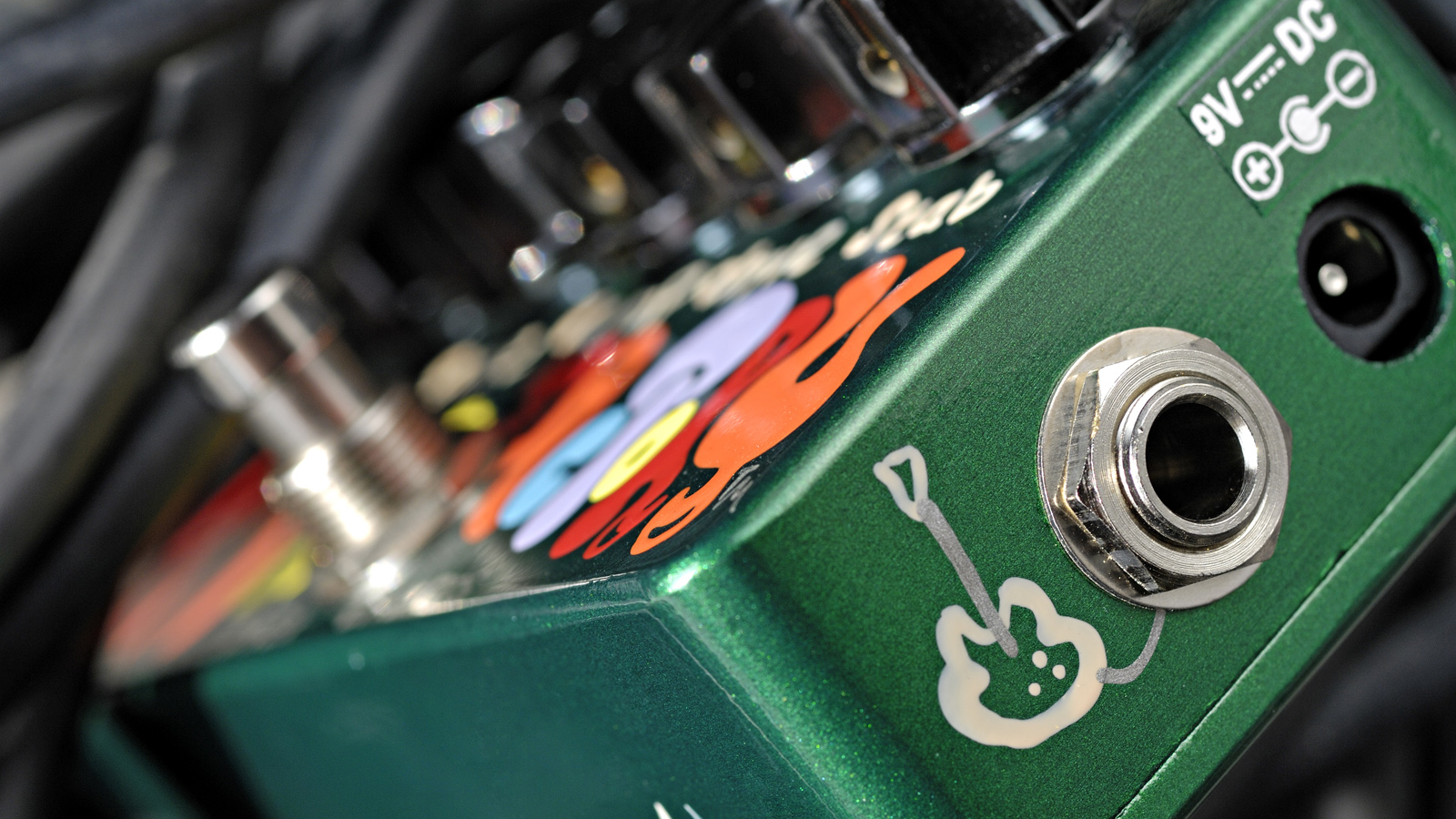
What are the differences between fuzz, overdrive, and distortion?
There's vigorous debate about what constitutes a fuzz versus an overdrive or distortion. For what it's worth, our rule of thumb is that most fuzz pedals work by driving transistors into clipping, rather than using diodes to 'clip' the top and bottom of the guitar signal waveform.
Except... that doesn't quite work. The Big Muff, one of the most famous fuzz pedals of all, uses two sets of soft-clipping diodes to get its distinct, square-wave fuzz tone. The ProCo RAT, one of the most famous distortion pedals, originally got its triangle-wave distortion from the LM308 op-amp inside clipping the signal.
So, where does that leave us? Well, however, it's laid out in the circuit, you'll know a fuzz when you hear it. There's no mistaking the sound of a Z-Vex Fuzz Factory's trademark 'velcro' tone, for example, versus the kind of precision drive tone you'll get from a high-end drive such as the Hamstead Odyssey.
Are fuzz pedals noisy?
Some are and some aren’t, but with any kind of pedal that amplifies your input signal - like your overdrive and distortion pedals - you’ll inevitably increase some noise along with your tone. Some fuzzes, like the Fuzz Factory, come with a built-in noise gate to help cut down on the noise when you’re not playing which works really well. Others like the Big Muff don’t come with anything like this so if you want to tame the hiss you’ll need to buy a separate noise gate pedal.
Your pickups will also play a part when using a fuzz pedal, as single coils are a lot more prone to picking up extraneous noise in general, making them a pain for dealing with high-gain setups that use fuzz pedals. This noise can also be enhanced by bad shielding in the electronic cavities of your guitar, and the pedal order on your pedalboard.
Where should my fuzz pedal go in the chain?
There’s so much conflicting information on this question it could be an article in itself. For some fuzz has to go right at the very start, for others it works best going after other overdrive or distortion pedals. Some guitarists even run their fuzz into the FX loop of their amplifier for something a little more musical. So in short there’s no right or wrong answer here.
The key will be to experiment within your own setup, as fuzz can sound vastly different by both placing it in different combinations with your other pedals, running it with single coils or humbucker pickups, as well as running it into a clean or dirty amp. Many beginners get disheartened when they can’t get the sound they want out of their fuzz pedal, but if you’re not afraid to experiment and stick with it to get the best out of it, you’ll eventually find what works for you.
How we choose the best fuzz pedals
At MusicRadar, our team comprises seasoned players and experts immersed in the world of guitar effects. With years of playing and meticulous product testing, we bring a wealth of knowledge to the realm of guitar gear. We live and breathe everything related to guitar effects, and our expertise extends to using these pedals in live performances, recording studios, and rehearsal spaces, providing a comprehensive understanding when curating recommendations for our guides.
When it comes to identifying the best fuzz pedals currently available, we employ a rigorous selection process. Our approach involves a fusion of hands-on experience, user reviews, and in-depth discussions with our editorial team to ensure a well-rounded evaluation of the top products in this distinctive category.
As dedicated guitarists ourselves, our primary goal is to assist fellow players in discovering the perfect gear for their sound. We meticulously consider factors ranging from budget constraints to the intricacies of feature sets, ease of use, and the robustness of each pedal. The result is a thoughtfully curated list representing what we confidently assert to be the best fuzz pedals on the market today.
Find out more about how we test music gear and services at MusicRadar.
Related buyer's guides
- Power up with the best pedalboard power supplies
- On a tight budget? Here are the best cheap guitar pedals
- Sculpt soundscapes with the best reverb pedals
- Add more noise with the best overdrive pedals
- Upgrade your tone with the best guitar cables
Want all the hottest music and gear news, reviews, deals, features and more, direct to your inbox? Sign up here.
Mike has been Editor-in-Chief of GuitarWorld.com since 2019, and an offset fiend and recovering pedal addict for far longer. He has a master's degree in journalism from Cardiff University, and 15 years' experience writing and editing for guitar publications including MusicRadar, Total Guitar and Guitarist, as well as 20 years of recording and live experience in original and function bands. During his career, he has interviewed the likes of John Frusciante, Chris Cornell, Tom Morello, Matt Bellamy, Kirk Hammett, Jerry Cantrell, Joe Satriani, Tom DeLonge, Radiohead's Ed O'Brien, Polyphia, Tosin Abasi, Yvette Young and many more. His writing also appears in the The Cambridge Companion to the Electric Guitar. In his free time, you'll find him making progressive instrumental rock as Maebe.
- Richard Blenkinsop
- Matt McCrackenJunior Deals Writer